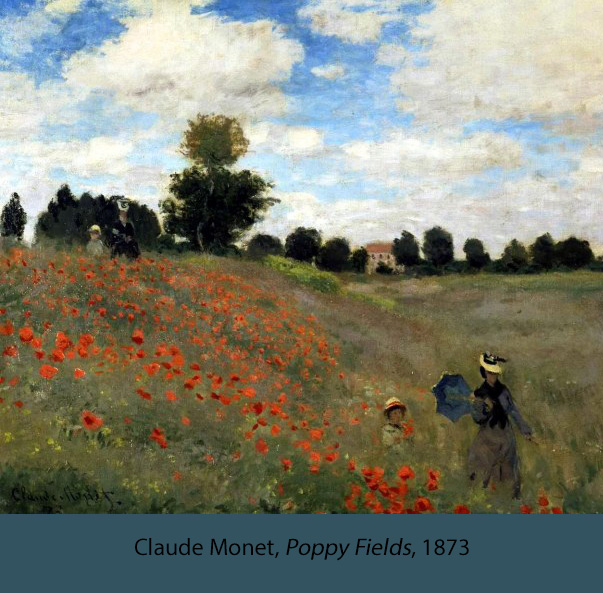|
Getting
a Good Start -- IFS 2021
At the very end of our course, you will be writing a paper on
the changes that occurred in Parisian society in the second half
of the nineteenth century. To prepare you for that task and for
much of the work that you will be doing at IU, we will be
systematically introducing you to the tools that you will need
to succeed in this project. To be sure that you are ready to get
started on Day 1, I have created
a pre-class assignment that you will
need to submit by the end of Friday, July 23.
Read over the material below, let me know if anything is not
completely clear, and get to work on this project immediately. I
hope that you will find the process enjoyable at the same time
that it helps you develop skills that will serve you in your
college career and beyond.
Your First College Assignment
Like society today,
Paris in the second half of the 19th century was marked both by rapid
change and by a fierce effort to hold on to the past. To
understand this tension between past the future, we will begin by looking at how this played
out in world of art. Then we can move on to other aspects of
the Parisian experience.
History is about solving mysteries, so let's start by
considering something that is apt to surprise us, when we
consider Parisian culture in the period that we will be studying
. . .
|
The Mystery of the Hostile Critic
When we look back
at late 19th century Paris from the perspective of the
21st century, we generally view it as the site of the
one of the greatest
 cultural flowerings in human
history. In particular, the painting of that period,
including the works of the Impressionists, Van Gogh, and
a host of other great artists, remains highly popular
today. cultural flowerings in human
history. In particular, the painting of that period,
including the works of the Impressionists, Van Gogh, and
a host of other great artists, remains highly popular
today.
Yet at the time, many artists
and critics and much of the general public viewed the
new experiments in painting with such hostility that on
at least one occasion guards had to be posted at
exhibitions to protect paintings from being slashed by
enraged visitors. Works, such as the painting by Monet
at the right, were often seen, not only as the product of
untalented artists, but as signs of the decay of all of
Western civilization.
Such a powerful reaction
immediately raises a series of questions for those
trying to understand this period:
-
What was the ideal for
art that these be works seemed to be violating?
-
What
factors in the system of producing and experiencing art
may have predisposed many viewers to reject them?
-
What
had occurred in French history in previous decades to
make a large part of the population suspicious of
change?
Your first task in our course
will be to look for answers to these questions in the
assignment below.
|
Following the steps
below should ideally provide what you need to know to complete
these assignments.
But please email me at (dpace@iu.edu) if there is
anything in the instructions or in the
material we are studying that is not completely clear.
What is not obvious to you may be equally unclear to many
of your classmates, and alerting me to the problem
may allow me to clarify an important point for the
entire class. (I will, of course, maintain the anonymity
of the
person who originally posed the question.)
|
Step
1 --
Click
here to learn a bit about the French painter Gérôme and his career
Step 2 --
Click here to get a sense of the kind of art that
Gérôme might have encountered
Step 3 --
Click here to complete the assignment (Due July 23)
Step will be completed on Canvas, the online system that IU uses in its courses.
This link will carry you to the assignment, where you can use
your new IU user name and pass phrase to enter the system.
Please let me know if you have any difficulty getting access to
Canvas |
Pre-class Question
(Return to Main Page)
|
 cultural flowerings in human
history. In particular, the painting of that period,
including the works of the Impressionists, Van Gogh, and
a host of other great artists, remains highly popular
today.
cultural flowerings in human
history. In particular, the painting of that period,
including the works of the Impressionists, Van Gogh, and
a host of other great artists, remains highly popular
today.